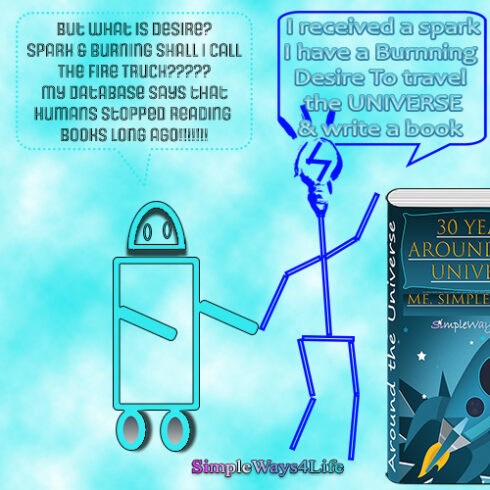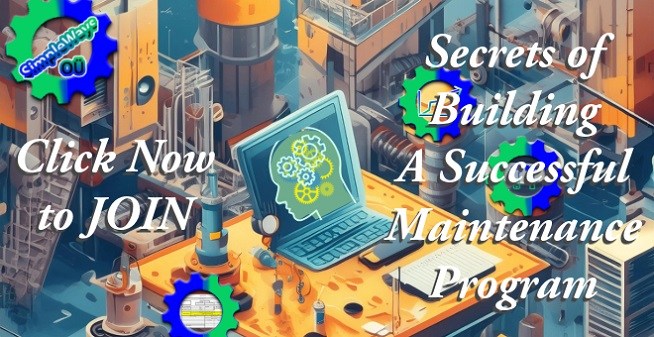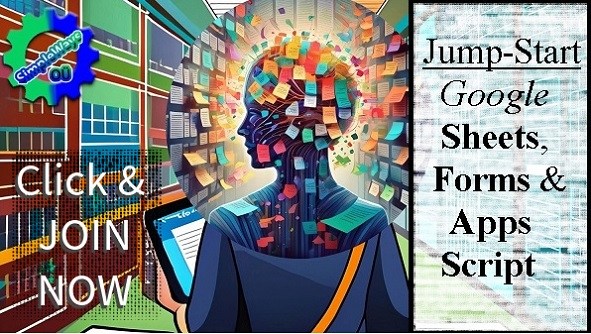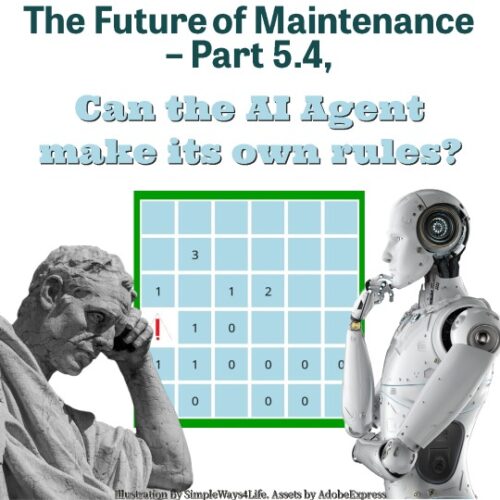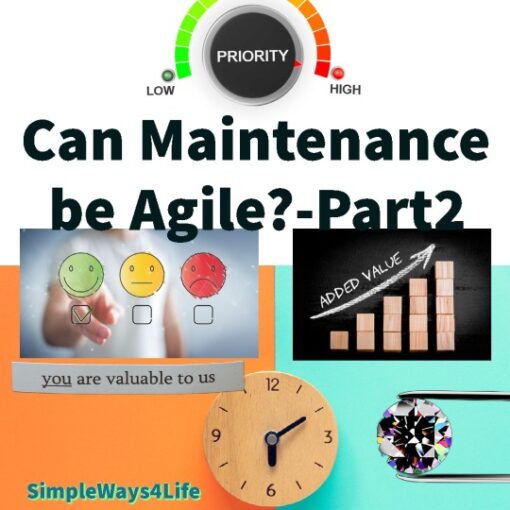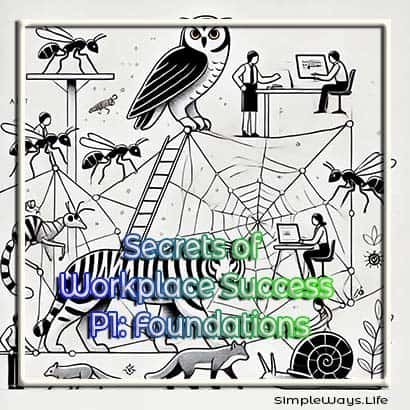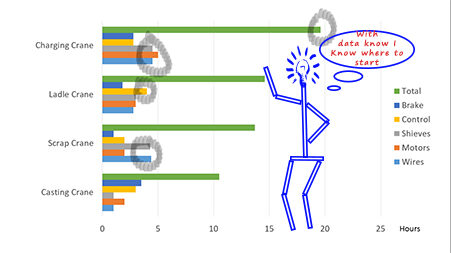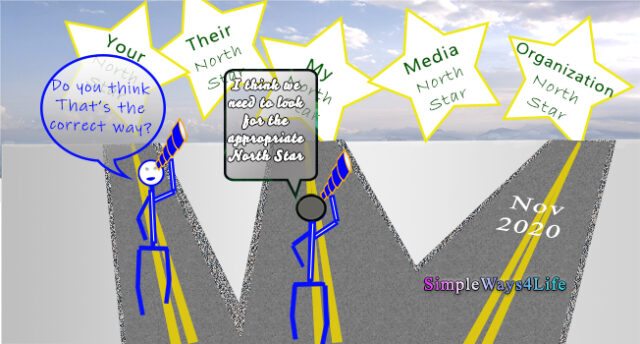AI or Artificial intelligence is a label we give to smart apps and smart machines. The target behind creating smart machines was here since ages and is going to continue. It is a simple target to off load whatever a living being can do to machines that we make. There were always 2 intentions behind this initiative. One of them is to have consistent and extended output. And the other one is to have spare time to do something else i.e. to do more within same time slot.
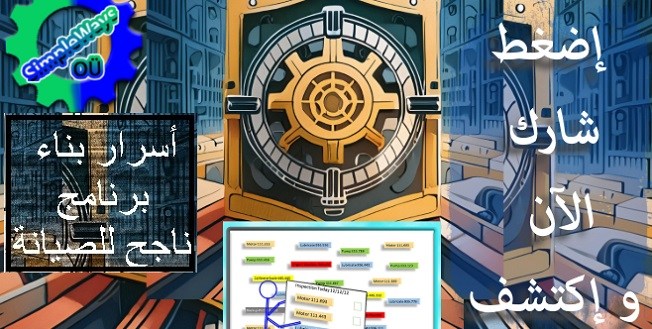
CUSTOMPRICE-TO2JAN26
But really why humans are not indefinitely consistent? And why their capabilities have shortages? Moreover, are machines really indefinitely producing consistent output? And on the other side, what we shall do with the free time we have now after using smart machines? But before that, to be able to properly deal with smart machines, we need to understand them. This will let us place them in a realistic level relative to us. We shall stop underestimating their capabilities but, on the other hand, we won’t place them on a high pedestal.
What is AI or Artificial Intelligence?
As usual the best starting point for understanding any expression is to look for its definitions in dictionaries and popular websites. Why? Because they reflect the main stream understanding for it. Or, what understanding is meant to be implanted in the crowd. Let’s start.
artificial intelligence (AI), the ability of a digital computer or computer-controlled robot to perform tasks commonly associated with intelligent beings. The term is frequently applied to the project of developing systems endowed with the intellectual processes characteristic of humans, such as the ability to reason, discover meaning, generalize, or learn from past experience.
Britannica
As we explained it in our previous article: The future of Maintenance-part 4- Is it industry 4.0 or Industry 5.0? The human intelligence has intellectual process at every situation it encounters. This intellectual process includes the the ability to reason, discover meaning, generalize, or learn from past experience. We had made an example when you see a loose bolt in a motor base or a leaking fluid from a pump. You found this incident during a morning inspection tour. Now all the possible reasons for this leaking fluid will flash across your mind. Then you link it with the possibility to switch off this pump for now and move to a standby one. Who will take this action, you, a supervisor, the operator or the control room? Then what action do you need to take for clearing up the mess.
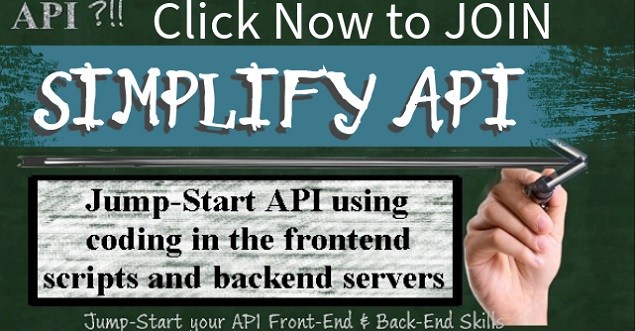
CUSTOMPRICE-TO2JAN26
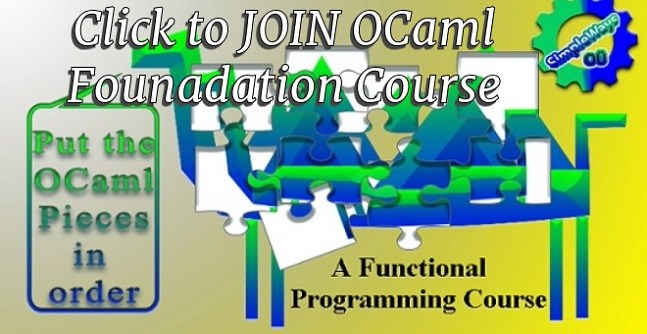
CUSTOMPRICE-TO2JAN26
That’s a complete cycle of discovering, reasoning, eager to discover more, willingness to reach a better situation, generalize, review previous experiences and, finally taking an action. in AI we try to develop a system endowed with the intellectual processes characteristic of humans to handle the same situation. In the beginning, we tried to extend or support the human intellectual process. So, the inspector logs in the leakage fault to the intelligent system terminal. Then the system would, quickly and completely without forgetting any detail, popup all the next actions needed in this specific situation for this specific pump.
How can the Artificial Intelligence be your ally?
The intelligent system we had spoken about above was one the very early beginnings of the CMMS – Computerized Maintenance Management System- or ERP – Enterprise Resource planning- for managing the assets of the organization. The most valuable resources that we need to manage are the time and effort of the human workforce. Later on, this system was improved based on the technology development specially in the digital communication and networking technologies. This allowed the handheld terminals to open app sessions related to this system in the hands of the team during their inspection rounds. So the recommendations of what to do next in the case of the leakage, was immediately received. Next it was possible to send automated requests to all concerned. This freed some human resources and ensured the timely and integrated information transfer.
The next stage was to rely on cameras or sensors that would detect this leakage solution. Then, it would follow the same steps and will propagate to all concerned or at least give an audible or visible alarm where the concerned team is located.. This improved the safety of the team in risky situations or in hazardous areas.
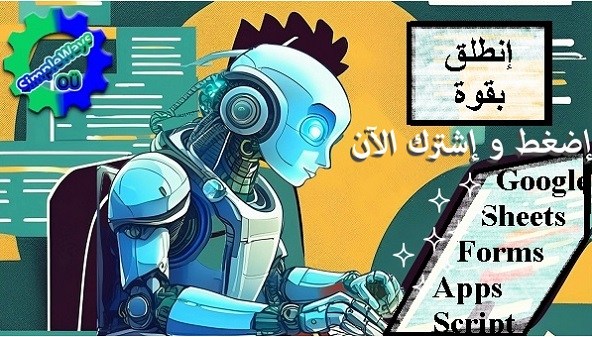
CUSTOMPRICE-TO2JAN26
Next, scheduling the action time based on all the surrounding factors and the severity of the situation was always a debatable point. Shall we allow the system to take this decision or is it better to give a recommendation and for human decision. However, in some risky situations that we programmed in the system, it would switch off the process in a safe manner to prevent failure propagation or severe consequences. This saved valuable assets and humans efforts. As an example when you program a motor to trip based on the differentiation of the current curve. That’s the slope or rate of change of current. This would let the load stop faster and prevent any extended physical damage
Where did the AI get all these knowledge from?
Those are not the true potentials of the AI. It is just a scratch for the early intelligent software applications.
let’s answer. Actually all this knowledge is derived from the human workforce experience whether at the user or manufacturer sides. It all starts by logging data which is plain text. Then organizing it in a meaningful way that allows seeing the patterns. That’s the information. Then combining this information with awareness, theoretical and practical understanding creates the Knowledge. But how the AI based system would have an awareness and theoretical and practical understanding?
If we return back to Britannica definition above for the AI. It says it is “digital computer or computer-controlled robot”. In Simple words; It is a software that runs on a computer. Primarily, you get the output from the computer as soft knowledge or actions as sending email or message. Then if this computer and its software are part of a machine as a robot; you can get this output as a physical action. A software is built among another things of Algorithms which are procedures or the steps to accomplish the task. Let’s get the definitions of Algorithms and software from Britannica so we stay consistent:

CUSTOMPRICE-TO2JAN26

CUSTOMPRICE-TO2JAN26
software, instructions that tell a computer what to do. Software comprises the entire set of programs, procedures, and routines associated with the operation of a computer system. A set of instructions that directs a computer’s hardware to perform a task is called a program, or software program
algorithm, systematic procedure that produces—in a finite number of steps—the answer to a question or the solution of a problem.
Britannica
There are 2 ways for the software to yield intelligent advices or actions. Either you add to it all the possible solutions of a problem and the software searches through all possibilities to find a one matching to this situation and then returns the stored actions for this possibility.
The other way is to let the algorithms of the intelligent software infer some reasoning based on the inputs then solve the problem. But that’s will make our chat longer, so let’s continue with AI in a coming article
In Conclusion,
It is important to understand what is AI -Artificial Intelligence- in details because it is currently part of our work and life even if we don’t realize this. You can deal better with your manager or your colleagues if you managed to understand them. You need to know their initiatives, targets, plans and what you expect from them in different situations. Because AI is intended to resemble the human intelligence so you need to understand it to the same extent. Sooner or later it will be an intrinsic part of our life and work.

CUSTOMPRICE-TO2JAN26
During next weeks we shall chat around the basic components of Intelligence. Shall it replace the inspector? The a missing human or life ingredient that differentiates the living intelligence. The story of Doris the intelligent speaker and lessons learned. Why we shouldn’t resist learning from square zero because you pace makes the difference. The Transition from Industry Revolution 4.0 to Industry Revolution 5.0. And Why? How it works and where we expect to see it and how far it will help us?
As a bottom line, AI is imitating us as humans and without doing this it will be doomed to fail.
If you feel you need help with any of these ideas we discussed, request a Management Consultancy or Coaching Services From our Store

